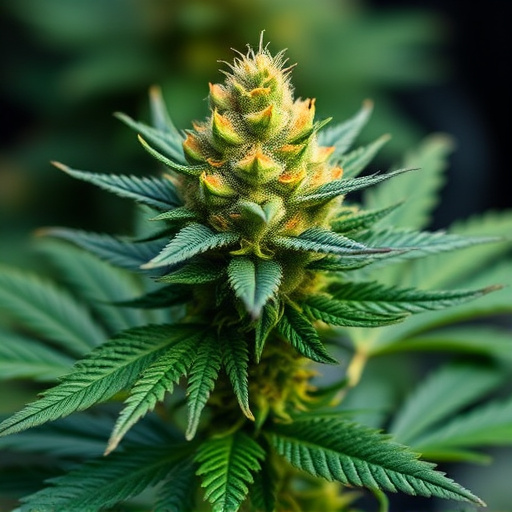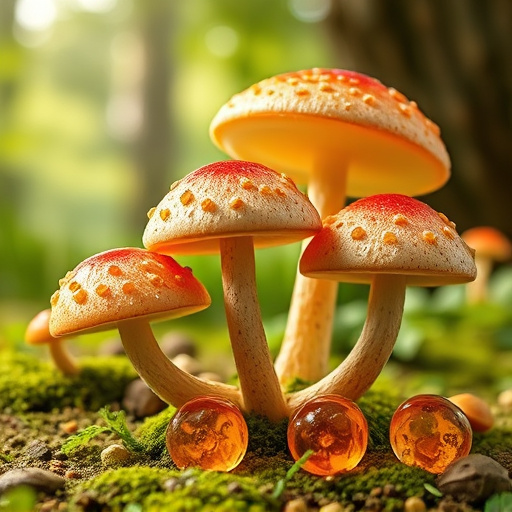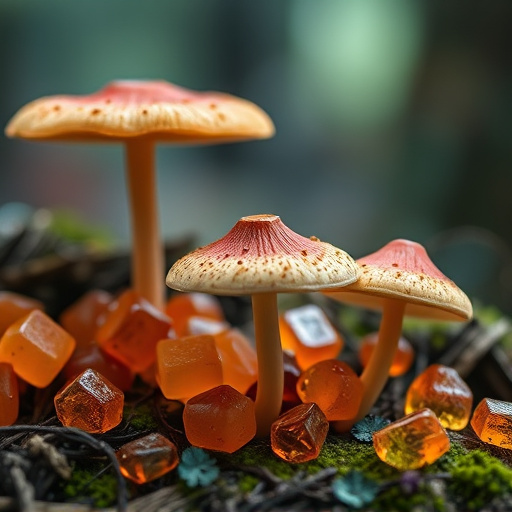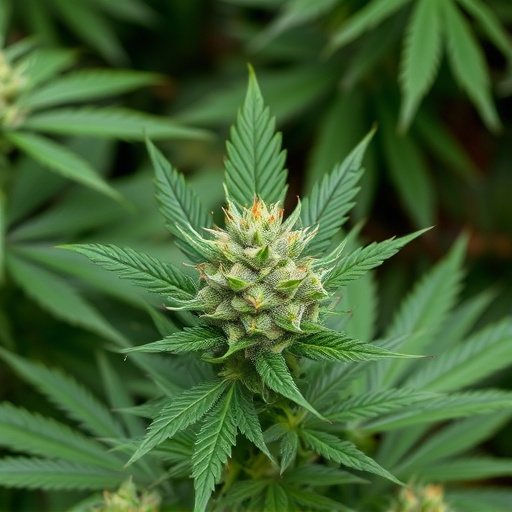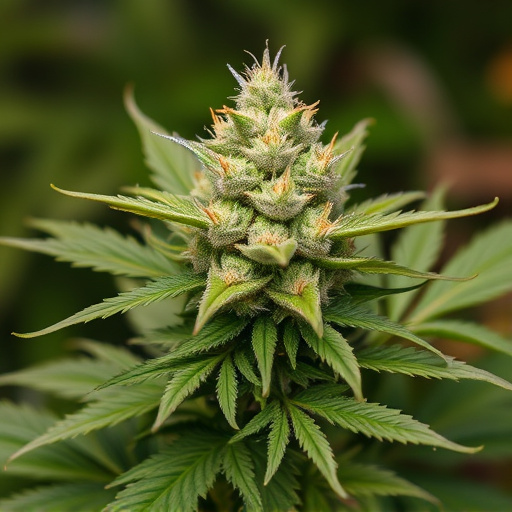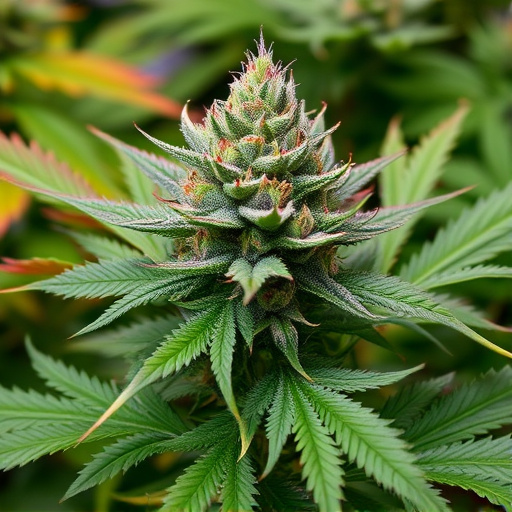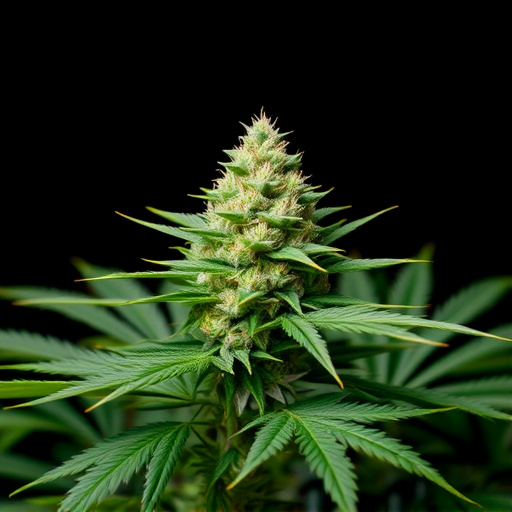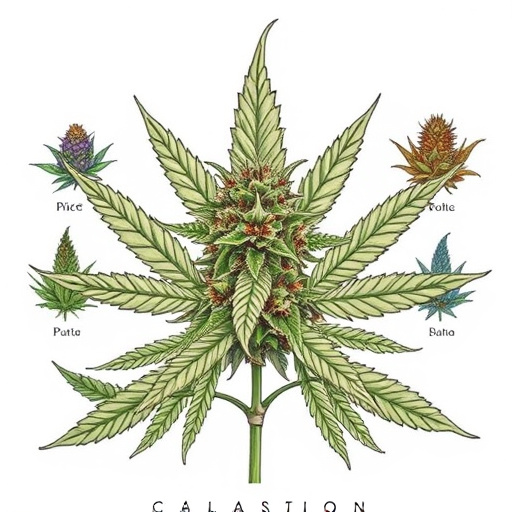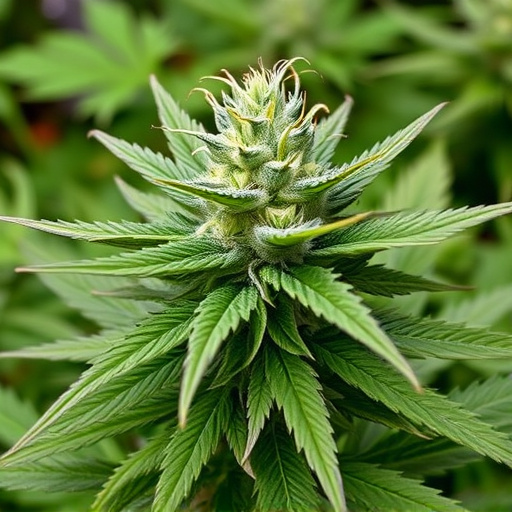Terpenes, natural compounds in classic cannabis strains, create diverse aromas and flavors ranging from citrusy to earthy. Myrcene and limonene, for instance, offer relaxing and energizing effects respectively. These volatile compounds interact with cannabinoids like THC and CBD, enhancing the unique sensory experiences and effects of classic cannabis strains.
Terpenes, often referred to as nature’s essential oils, are the key contributors to the unique scents and flavors of cannabis. This article explores how these aromatic compounds create distinct profiles in different classic cannabis strains, enhancing or altering the overall user experience. From citrusy notes to earthy tones, terpenes play a pivotal role in the diverse aroma landscape of marijuana, making each strain as recognizable as any signature fragrance.
- The Role of Terpenes in Cannabis Aroma and Flavor Profile
- Classic Cannabis Strains and Their Distinctive Scent Characteristics
- How Terpenes Impact the Experience of Different Marijuana Strains
The Role of Terpenes in Cannabis Aroma and Flavor Profile
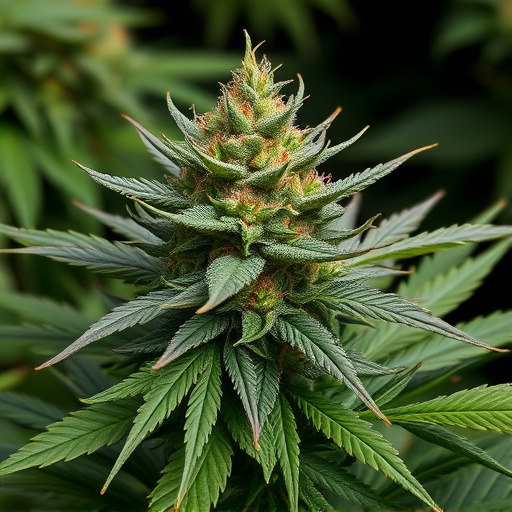
Terpenes play a pivotal role in shaping the distinct aroma and flavor profiles associated with different types of cannabis. These volatile organic compounds, naturally occurring in the plant, contribute significantly to the unique scents and tastes that make various classic cannabis strains so recognizable. Beyond their olfactory appeal, terpenes also interact with cannabinoids like THC and CBD, influencing the overall effects experienced by users.
Each terpene offers its own characteristic scent and flavor notes, ranging from citrusy and floral to earthy and pine-like. When combined in complex mixtures, these terpenes create the diverse sensory experiences that cannabis enthusiasts appreciate. For instance, myrcene, known for its earthier tones, often complements the more vibrant flavors of limonene, while linalool adds a calming floral note to many sativa strains. This intricate interplay of terpenes contributes to the reputation of classic cannabis strains for their distinctive and memorable aromas.
Classic Cannabis Strains and Their Distinctive Scent Characteristics
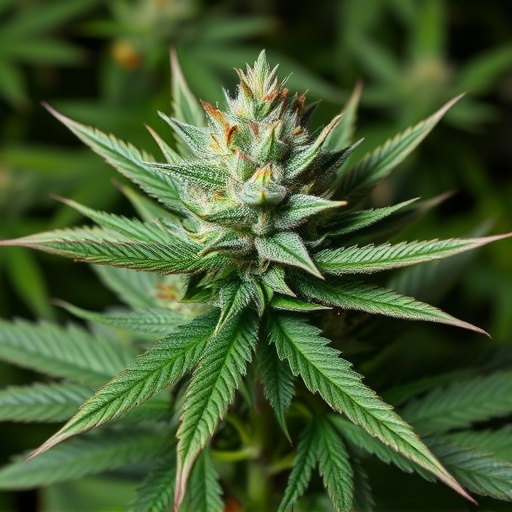
Cannabis enthusiasts often praise the diverse range of scents found in various classic cannabis strains. These strains, with their unique chemical compositions, offer a captivating olfactory experience. For instance, some strains are known for their earthy, forest-like aromas, reminiscent of walking through a lush forest after rain. Others exude fruity notes, akin to biting into a ripe citrus fruit, while certain breeds showcase sweet, floral scents that evoke the beauty of a blooming garden.
The distinct scent characteristics of classic cannabis strains are largely attributed to terpenes—organic compounds responsible for the plant’s aroma and flavor. Each terpene contributes to the overall profile, creating an unmistakable signature. Myrcene, for example, is prevalent in many indica strains and is often described as a musky, earthy scent. Limonene, on the other hand, imparts a refreshing citrusy note commonly found in sativa varieties. Understanding these terpene-driven scents allows cultivators to craft specific aromas tailored to different preferences, making the cannabis experience truly personal.
How Terpenes Impact the Experience of Different Marijuana Strains

Terpenes, aromatic compounds found in many plants, including cannabis, play a pivotal role in shaping the unique scents and experiences associated with different marijuana strains. Each terpene contributes to the overall flavor profile, evoking distinct sensory feelings. For instance, myrcene, with its earthy and musky notes, often provides a relaxing effect, making it a common component in classic cannabis strains known for their calming properties. On the other hand, limonene, featuring bright citrus aromas, can uplift mood and energy levels, giving rise to a more invigorating experience.
The interplay of various terpenes within a strain creates a complex sensory journey. Certain combinations enhance or modify the effects of cannabinoids like THC and CBD. For example, strains rich in both myrcene and linalool may offer deeper relaxation and potential anxiolytic benefits. Understanding terpene profiles is crucial for users seeking specific experiences, whether they prefer energizing, uplifting, calming, or sedating effects from their classic cannabis strains.
Terpenes play a pivotal role in shaping the unique aromas and experiences associated with different cannabis strains, including the beloved classic cannabis strains. These aromatic compounds not only contribute to the distinct scent characteristics of each strain but also interact with cannabinoids, influencing the overall effect on users. Understanding terpenes allows cultivators to craft specific profiles, catering to diverse consumer preferences and enhancing the enjoyment of marijuana consumption.
